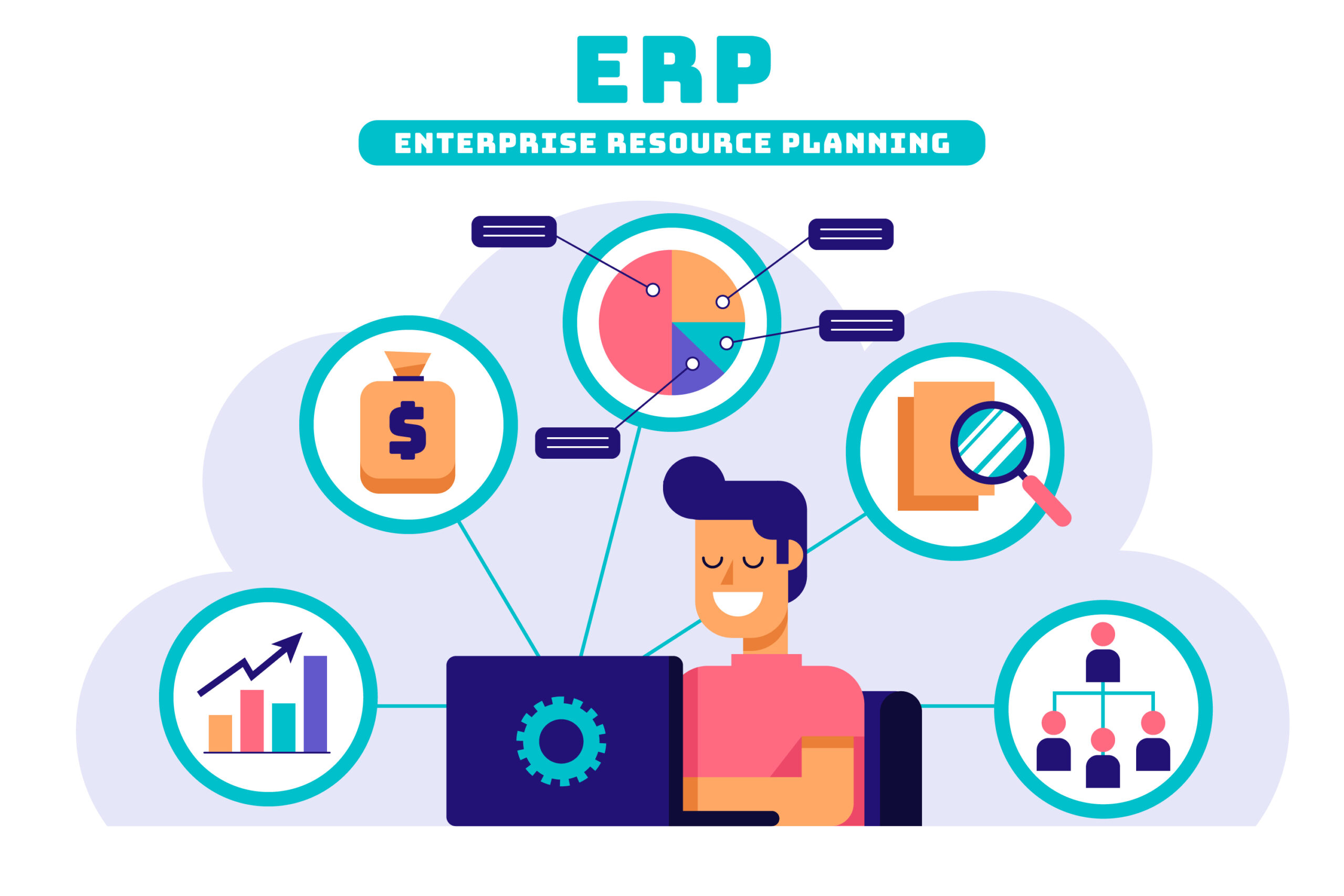The Ultimate Guide to UAE Education Software Leading ERP systems in the UAE
The rapidly evolving landscape of education requires robust technology solutions. It enhances teaching and learning experiences and empowers educators to provide quality education. Education is a top priority of any country. Integrating educational software and Leading ERP systems in the UAE offers innovative solutions for educators and students alike.
This comprehensive guide will offer various education software available in the UAE. Explore the benefits, implementation strategies, and key considerations for selecting the right solutions.
Types of Education Software:
Various types of education software are available in the UAE.
Learning Management Systems (LMS):
LMS platforms are centralized platforms that manage course materials, deliver online learning content, and facilitate collaboration. It helps to track student progress, and the blended learning models offer remote education. Students can get personalized learning experiences.
Virtual Classroom Platforms:
Virtual classroom software has become indispensable for UAE educational institutions. The real-time, interactive online teaching and learning features include video conferencing, chat, and whiteboard functionalities. Live lectures allow the students and the teachers to interact without any hassle. It facilitates discussions and engages students in a remote and hybrid setting.
Virtual classroom platforms provide students access to high-quality education. Students in remote areas can attend traditional in-person classes with a wider range of courses and programs. The flexible learning environments cater to the diverse needs and preferences allowing for personalized learning experiences. This flexibility is especially valuable for individuals with busy schedules
The platform facilitates interactive learning experiences so that students can participate in real-time discussions, conduct interactive activities, and provide immediate feedback just like face-to-face classrooms. Interactive learning experiences foster active participation in the learning process.
Assessment and Evaluation Tools:
Leading ERP systems in the UAE is used for digitally creating, administering, and grading assessments, quizzes, and exams. These are used to analyze student performance. Features: Allow the educators to provide feedback. The Best ERP Software for Success in the United Arab Emirates streamlines the evaluation process and tailor instruction. It helps to meet individual student needs efficiently.
Educational Content and Resource Libraries:
Educational content platforms cater to the diverse needs of educators and students. The vast array of digital resources fosters engaging learning experiences.
E-books, videos, simulations, and interactive activities allow teachers to enrich their lessons, supplement textbooks, and foster engaging learning experiences.
Administrative and Management Systems:
Administrative software solutions enhance communication between stakeholders. Administrators, teachers, parents, and students can communicate easily without any barriers. The efficient management of educational institutions improves data accuracy and enhances communication between stakeholders; administrative tasks, such as student enrollment, scheduling, attendance tracking, and grade management, reduce administrative burdens.
Benefits of Education Software in the UAE:
The benefits of the education software in the UAE are:
Enhances Teaching and Learning Experiences:
The education software offers interactive, multimedia-rich learning experiences. The diverse learning styles and preferences facilitate all types of students.
Increases Access to Education:
Digital learning platforms and virtual classrooms are the need of the hour. Students can access education regardless of geographical location, enabling remote and distance learning initiatives.
Improves Efficiency and Productivity:
Administrative software improves efficiency and productivity by automating routine tasks. It reduces manual workload and frees up educators’ time. They can now focus on instructional activities and student support.
Fosters Collaboration and Communication:
Education software allows students, educators, and parents to engage via discussion forums, messaging and shared document repositories. It fosters communication and collaboration.
Enables Data-Driven Decision-Making:
Assessment and analytics tools empower educators to make informed decisions and interventions. The valuable insights into student performance, learning trends, and instructional effectiveness drive success.
Implementation Strategies:
Let us have a look at the implementation strategies.
Assess Institutional Needs and Goals:
Conduct a thorough needs assessment considering student demographics, curriculum goals, technical infrastructure, and budget constraints. Thoroughly analyze the specific requirements and objectives of your educational institution.
Research and Select Suitable Software Solutions:
Explore the diverse range of education software to ensure alignment with the needs and preferences. The software must offer scalability, user-friendliness, vendor reputation, and compatibility with existing systems. Involve educators, administrators, IT staff, and students in the selection process.
Develop a Comprehensive Implementation Plan:
Create a detailed implementation plan that meets training requirements, data migration, technical support, and communication strategies. Outlines the steps, timeline, roles, and responsibilities for deploying the chosen education software.
Provide Training and Support:
Comprehensive training and support for educators, administrators, and students is mandatory for its success. They must use the software proficiently without any hassle. Offer hands-on practice, workshops, tutorials, and access to address technical issues, troubleshoot problems, and provide ongoing assistance. This is the important step in choosing the best ERP software in uae.
Monitor Progress and Evaluate Impact:
Monitor the implementation progress to assess its effectiveness. Evaluate the impact of the education software and gather feedback from users. Analyze usage data and track key performance indicators to make informed adjustments as needed.
Key Considerations for Selecting Education Software:
The key considerations for selecting the software are:
- It must align with educational Goals and curriculum standards.
- The software should offer scalability and flexibility to meet the evolving needs.
- It must integrate with existing infrastructure and systems.
- The software should offer a user-friendly Interface and accessibility features
- The software should offer data security, privacy, and compliance with regulatory requirements
- It must integrate with third-party tools and learning resources
- The software should be cost-effective and must offer a return on investment (ROI)
- Assess the vendor’s reputation and reliability
Conclusion:
Education software plays a pivotal role in driving positive change in the educational landscape of the UAE. It should transform teaching and learning experiences in the UAE to enhance engagement, accessibility, efficiency, and outcomes. Select the right education software solutions to unlock new opportunities for innovation, collaboration, and excellence in education. This requires careful planning, effective implementation strategies, and ongoing evaluation for the bright future of cloud erp of Leading ERP systems in the UAE.



